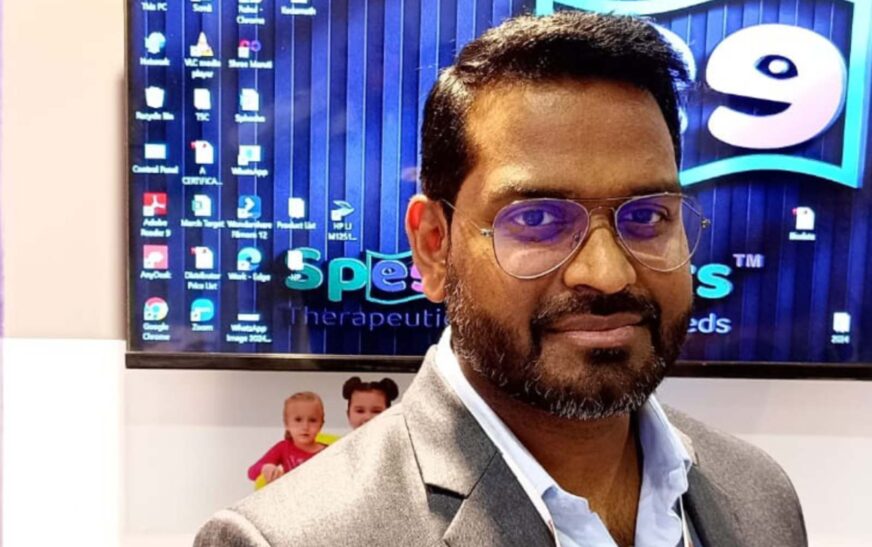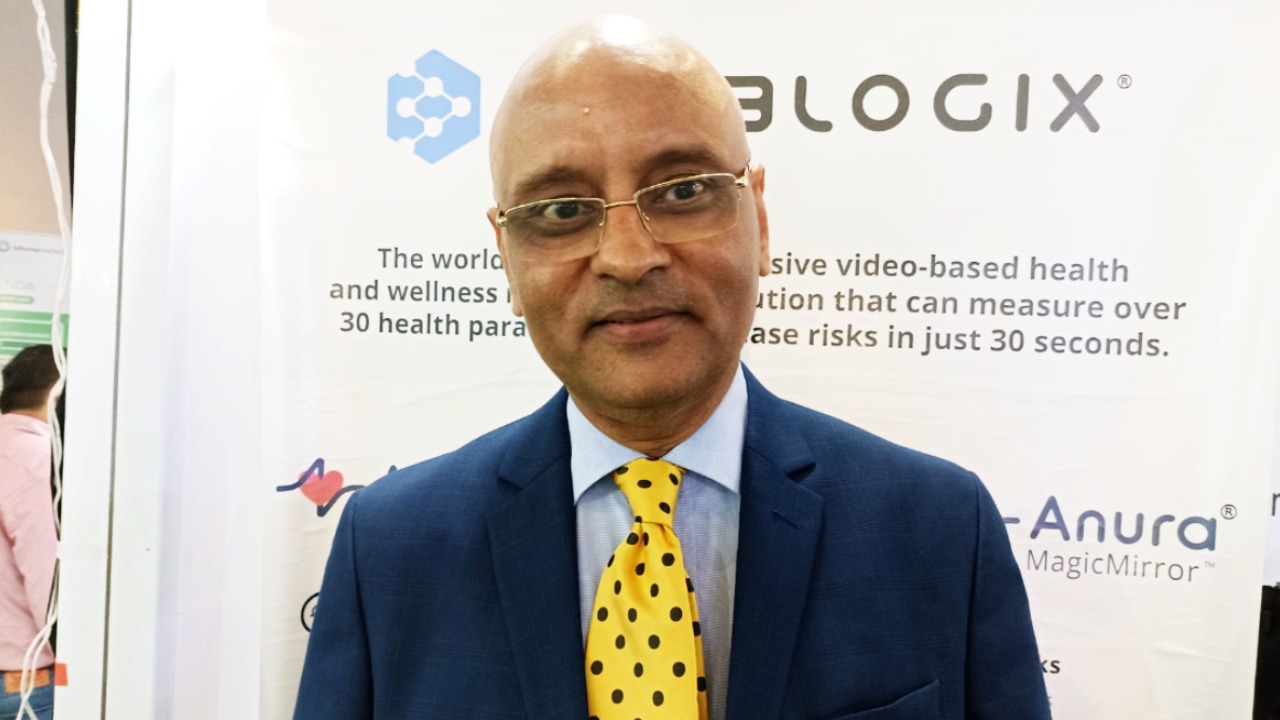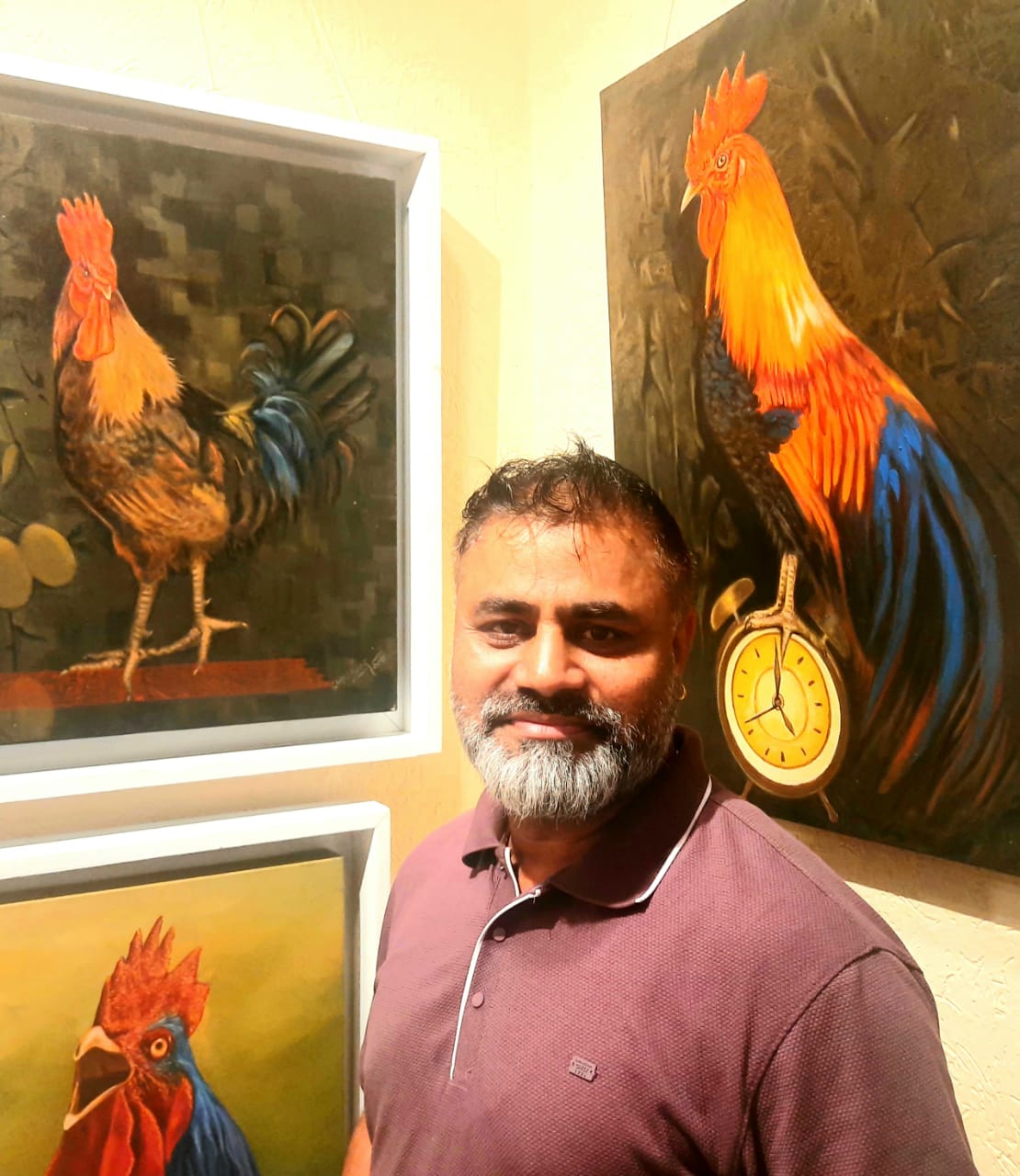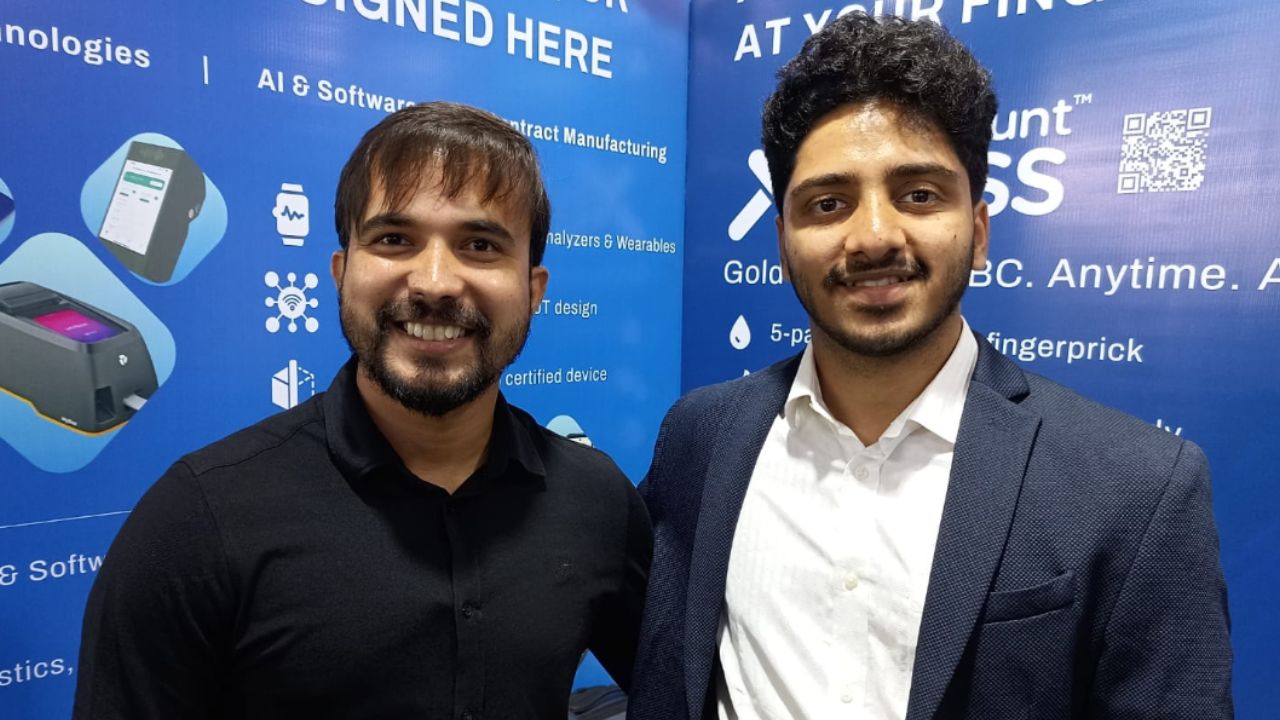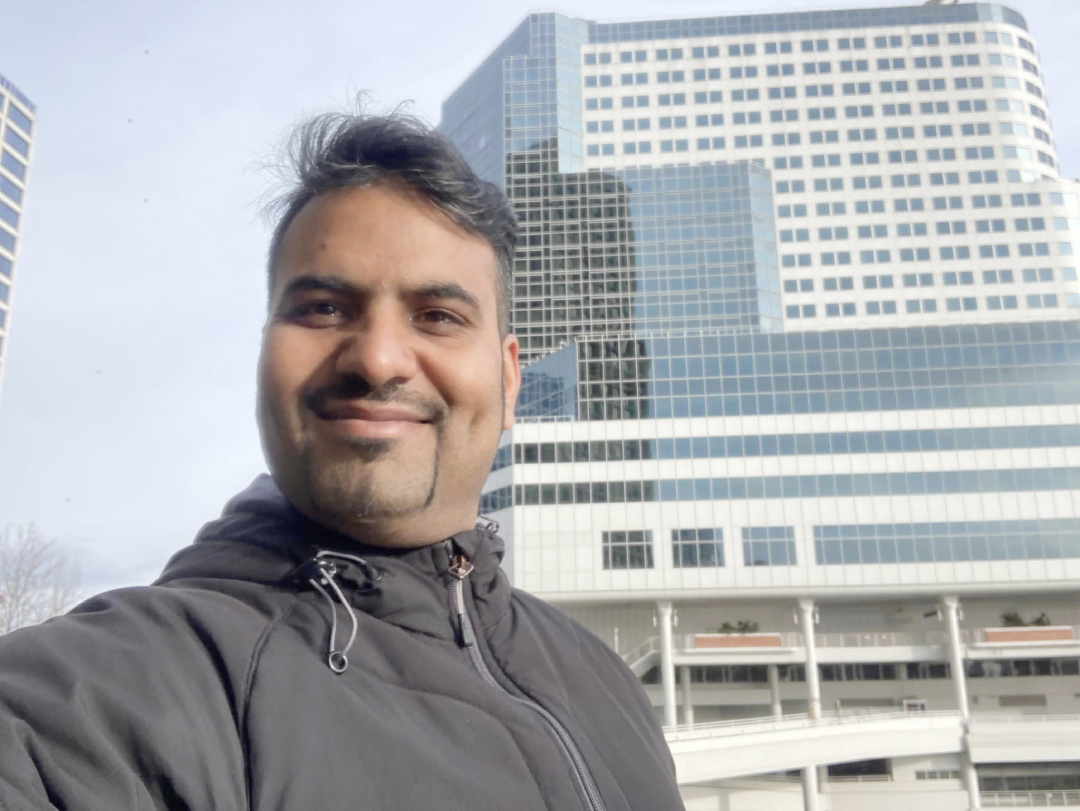SpeechGears envisions itself as the ultimate solution for challenges associated with autism and related conditions. The company’s goal is to foster a society where individuals with autism, irrespective of age, ability, gender identity, sexual orientation, or socioeconomic status, can reach their full potential and lead fulfilling lives. They are dedicated to guiding individuals with autism towards resources that facilitate their growth and enable them to realize their capabilities.
In an exclusive discussion with The Interview World, Bharat B. Chandra, Founder and Managing Director of SpeechGears, sheds light on how their patented devices are aiding autistic children in communication. He shares valuable insights into the effectiveness of their programs and emphasizes their long-term vision of reaching out to all autistic children in India. They aim to address their challenges early, facilitating their integration into mainstream society. Here are the key takeaways from his interview.
Q: What role does SpeechGear play in supporting autistic children, and how does it specifically assist them?
A: At SpeechGear, our mission aligns with our name: we develop tools that aid in speech development. Our range of therapeutic tools and devices specifically targets the development of phonemes and speech. These tools are integral to therapists’ programs aimed at enhancing speech, communication, language, and phonemic skills.
Neurodiverse children, a term encompassing those with special needs such as autism, encounter three primary challenges: social communication, repetitive behaviors, and aloofness. Among these, communication stands out as the most significant hurdle. Every child must articulate their emotions to foster friendships.
The essence of play series, encompassing various forms of play, lies at the core of human development. Consider this: even in times predating formal education by millennia, individuals developed and thrived. This was because children engaged in play and communication, integral components of the play series.
Understanding this, it becomes apparent that speech plays a pivotal role in cognitive development. It’s crucial to realize that speech delay or absence isn’t the root cause of autism; rather, it’s a manifestation of the condition. Even if a child regains speech, it doesn’t guarantee their departure from autism’s grasp.
Nevertheless, speech empowers individuals to express emotions, including anger and fear, thereby engaging their cognitive faculties to the fullest. Through speech, children stimulate their brains at the highest levels, contributing significantly to the battle against autism. Thus, the significance of speech in combating autism cannot be overstated.
Q: What foundational scientific principles contribute to children’s development of communication skills?
A: As a child develops, speaking naturally becomes an essential skill in their communication journey. Speech marks a significant milestone in their development. However, if a child falls behind in this aspect and becomes non-verbal due to various reasons, including cognitive limitations, even with cognitive development, they may struggle to speak.
This difficulty arises from two main issues: sensory problems, particularly tactile sensitivities, and the loss of motor memory associated with speech production. Motor memory, where the brain stores information on tongue movements and positioning for speech, diminishes when a child becomes non-verbal.
Therefore, intervention is necessary to retrain their motor memory, teaching them how to position their tongues to form specific sounds like “la,” “ka,” or “da.” Additionally, addressing tactile sensitivities is crucial. Many children with these issues experience discomfort or unusual sensations when touching their oral structures.
For instance, touching their hard or soft palate, gums, or oral muscles can feel like an electric current running through their bodies, making them reluctant to attempt certain sounds. Overcoming these tactile challenges is essential for facilitating speech development.
Q: What specific device are you utilizing to stimulate the nerves of autistic children?
A: This device before us, known as the V-pen, serves as a stimulation tool. By a simple clockwise rotation, it activates, evident through its vibrating sensation upon touch. Featuring three attachments, its purpose is to target nerve stimulation.
Within the facial region, three crucial nerves emanate from the temporomandibular joint. Prolonged periods of non-verbal communication in children can result in the weakening of these nerves. To counteract this, we employ a method of nerve activation through gentle tapping.
While there exists a myriad of techniques for activating various nerves, allow me to introduce one such method. This approach, albeit just a fraction of the available techniques, is effective in restoring nerve vitality and function, thereby aiding in the facilitation of improved communication and motor skills in individuals.
Q: What validation or certification has this technology received from laboratories or authorities in India?
A: In India, adherence to globally recognized standards is paramount. Presently, we are actively engaged in the certification process with the Rehabilitation Council of India (RCI), a pivotal step in ensuring our compliance and credibility. Alongside our commitment to regulatory standards, we proudly hold three patents, each a testament to our innovative endeavors. One patent pertains to the V-pen, another to the Oro-Tube, and the third encompasses the TT-LR and TT-UD devices.
Notably, our patents include both design and functional aspects, exemplifying the depth of our technological advancements. However, it’s important to acknowledge that certain elements of our technology, such as tactile issues like vibrations, are grounded in scientific principles and thus beyond the scope of patentability. Despite this, our therapeutic approach remains firmly rooted in evidence-based methodologies, underscoring our dedication to delivering effective solutions informed by rigorous research and analysis.
Q: What is the current number of speech therapists utilizing your products?
A: Presently, our products are in the hands of more than 20,000 speech therapists who actively endorse and utilize them. These therapists play a pivotal role in recommending our offerings to parents, who serve as the primary end-users, applying our products to their children’s needs. Through our extensive network of therapists in India, exceeding 20,000 in number, we strive to ensure widespread recommendation of our products, comparable to the prescription of medicines. This strategic collaboration not only enhances accessibility but also reinforces the effectiveness of our solutions, fostering trust and confidence among both therapists and parents alike.
Q: What is the efficacy of these devices in improving outcomes for autistic children?
A: Every month, our center releases 5 to 6 children from autism. Nagpur boasts only one research institute, which we are proud to operate. Every month, we admit over 600 cases, with 20 new ones coming in every month. Out of these, 6 children achieve success. The key determinant of success lies in the timing of their enrollment in our centers. If children enroll at the age of 10 years or later, the journey towards improvement becomes significantly more challenging.
Q: What training programs, if any, do you offer for aspiring speech therapists, and what is the duration of these programs?
A: Yes, we offer a course called Oral Sensory Integration Therapy (OSRT) comprising four levels: Level 1, Level 2, Level 3, and Level 4. These levels equip participants with essential tools for the therapy.
Level 1 and Level 2 each consist of a 21-hour course, suitable for parents, special educators, occupational therapists, speech therapists, and even physiotherapists.
Conversely, Level 3 and Level 4, totalling 16 hours each, are more advanced and can only be undertaken by speech-language pathologists. These levels are considerably intricate, demanding a high level of expertise.
Q: What are your long-term aspirations and how do you envision your growth over the next five years?
A: In India, there are over 20 lakh cases of autism, yet we’ve only reached 1 or 2% of those affected. Our efforts have connected with 20,000 therapists, but our goal is to extend our reach to all who are in need.
Accessible therapeutic tools offer a pathway out of autism. Moreover, raising awareness is equally crucial.
At SpeechGears, we’re not just producing therapeutic tools; we’re also fostering awareness. Recognizing autism early is pivotal, as it alleviates half the challenge. Unfortunately, many new couples are unaware of autism until it’s diagnosed by a doctor.
Once diagnosed, they embark on a frantic journey of discovery, seeking information about speech therapy, occupational therapy, special education, and more. This process can span 2 to 3 years, a critical period in a child’s development. Regrettably, these crucial years often slip away, making it significantly harder for affected children to receive the support they need.


